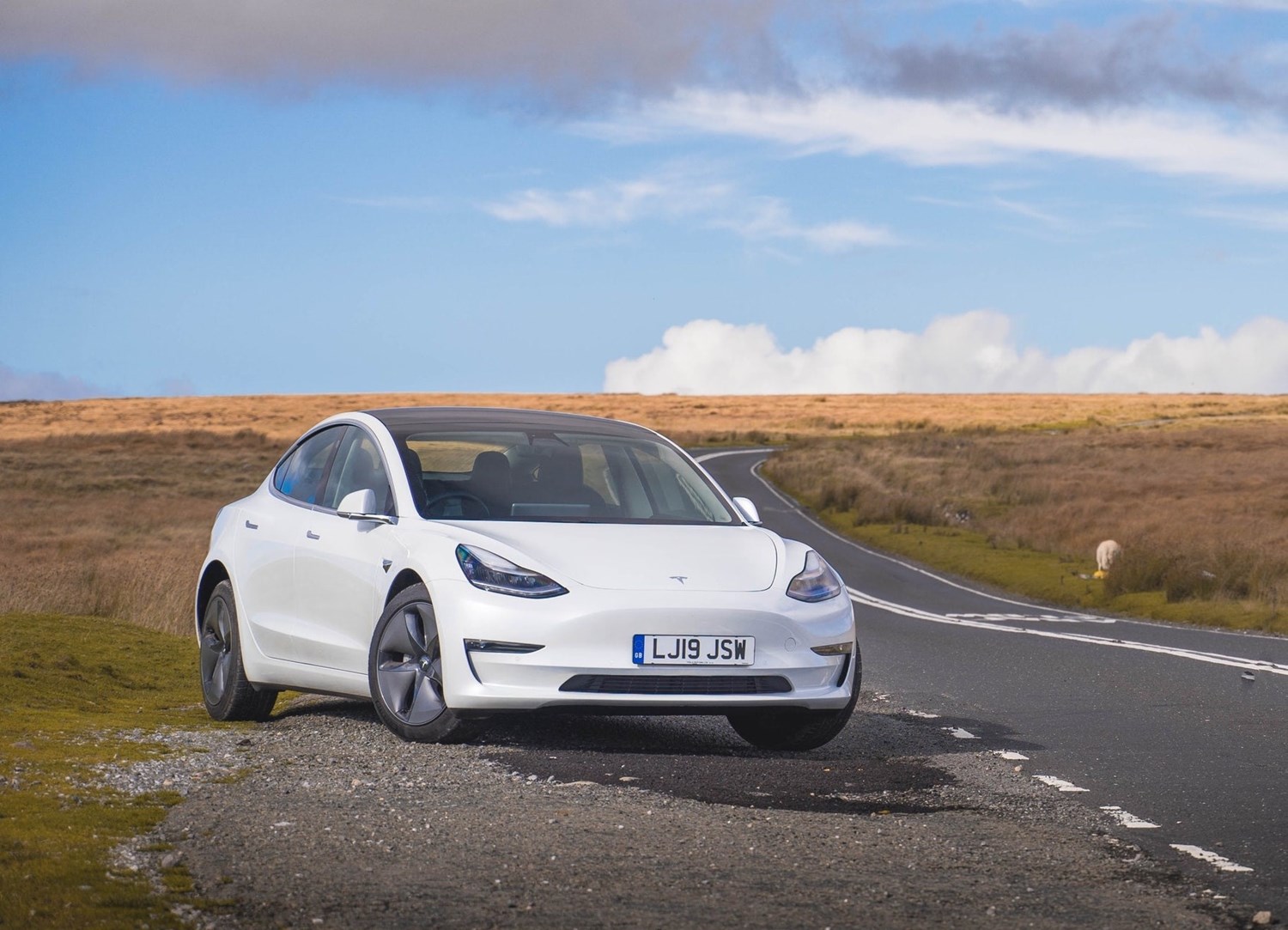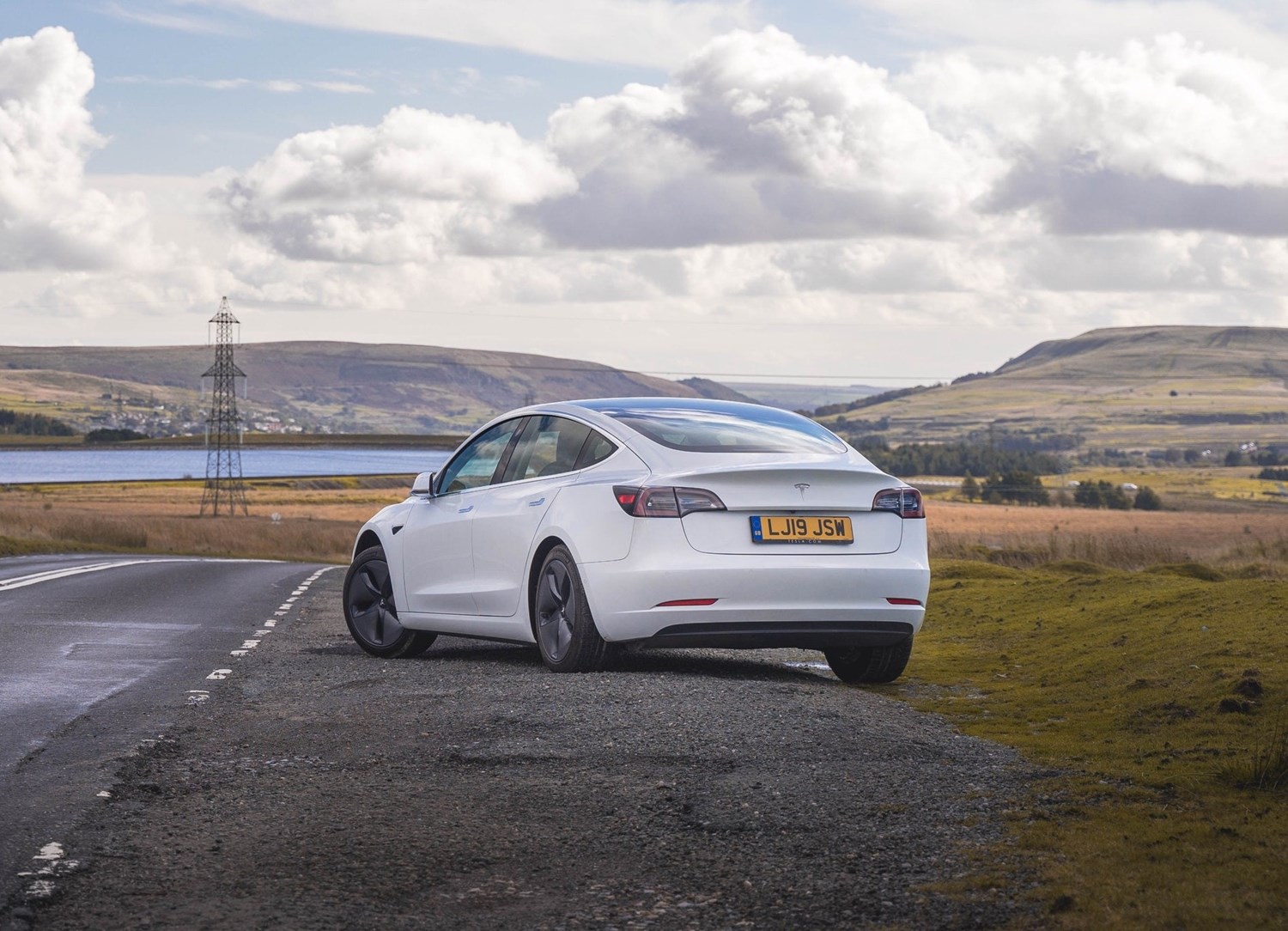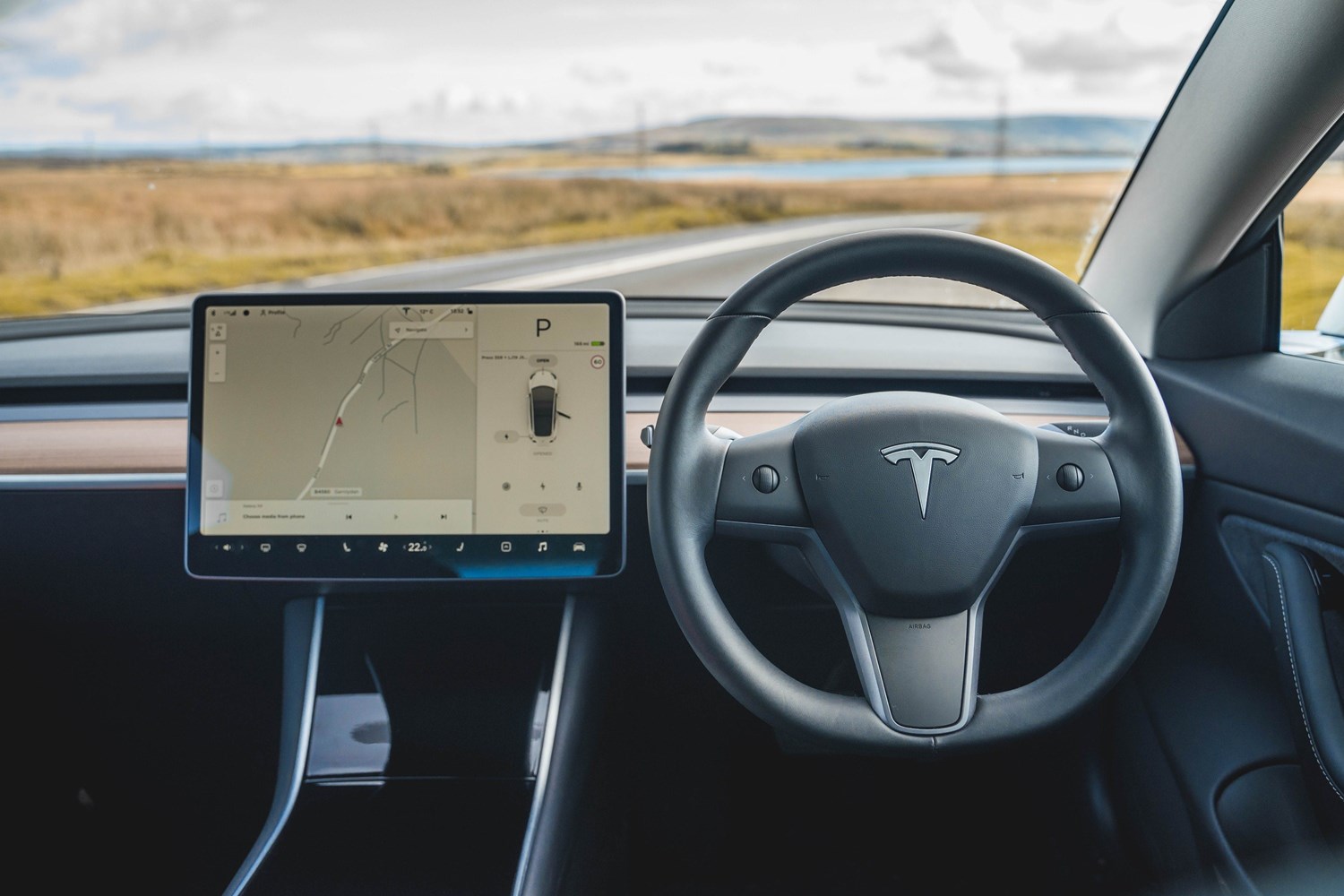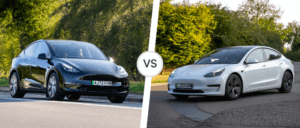Latest Model
When the Tesla Model 3 first launched it had the premium electric car sector all to itself, but while other manufacturers were focussing on more eco-friendly combustion engines, they’ve now turned their attention to electric power.
Cars like the Audi e-tron, Polestar 2 and Jaguar I-Pace all now do a similar job but have brought with it years of automotive experience, meaning high production values and an established dealer network.
However, Tesla still has the upper hand with the Model 3 when it comes to range and charging time. According to Tesla, it will return a claimed 254 miles from a full charge, with the long-range version managing 348 miles, and, with using one of the firm’s dedicated ‘Supercharger’ electric chargers, it will give 200 miles of range per half an hour.
Value for money
Whichever way you look at it, the Model 3 isn’t cheap, especially when you compare it to equivalent petrol or diesels. Prices start at £40,490 – making it significantly cheaper than the Jaguar i-Pace, but it’s still more expensive than the BMW i3 and Nissan Leaf.
Prices rise to £56,490 for the top-spec ‘Performance’ model, which is similar to the Audi e-tron and Jaguar I-Pace – meaning it’s far from cheap.
For many the whole process of charging and worrying about running out of electricity – known as range anxiety – can be off putting, but with batteries capable of longer ranges and quicker charging times, this is becoming less of an issue.
Looks and image
The biggest giveaway that the Model 3 is an electric car is the lack of a grille at the front. It definitely looks distinctively different to what would be deemed traditional rivals in this class – cars like the BMW 3 Series, Mercedes C-Class and Audi A4.
By not having a traditional combustion engine up front has meant it gets a lower front end, which is good for styling and also for aerodynamics. And, as you’ll see when we look at the interior, it’s all very minimalist both inside and out. It’s certainly distinctive, but not what you’d call a beautiful car, Tesla still has some ground to make in this department.
Inside, the cabin is set up for the modern generation. Like the outside it’s clutter free and minimalist. In fact, apart from the steering wheel and 15-inch touchscreen, there’s few other controls. While the cabin materials are good, they’re not quite in the same league as some of its European rivals.
The 15-inch touchscreen dominates the centre console and it controls virtually everything, so if you’re a bit of a technophobe who likes buttons and dials, then you might want to look elsewhere.
As you might expect for a car that’s so tech heavy, the screen is one of the best in the business with its pin-sharp graphics and super responsive interface. It’s also been designed to make the transition from phone to infotainment system a natural one. Some of the buttons are a little small which can make use on the move a little tricky but overall, it’s a fantastic system.





